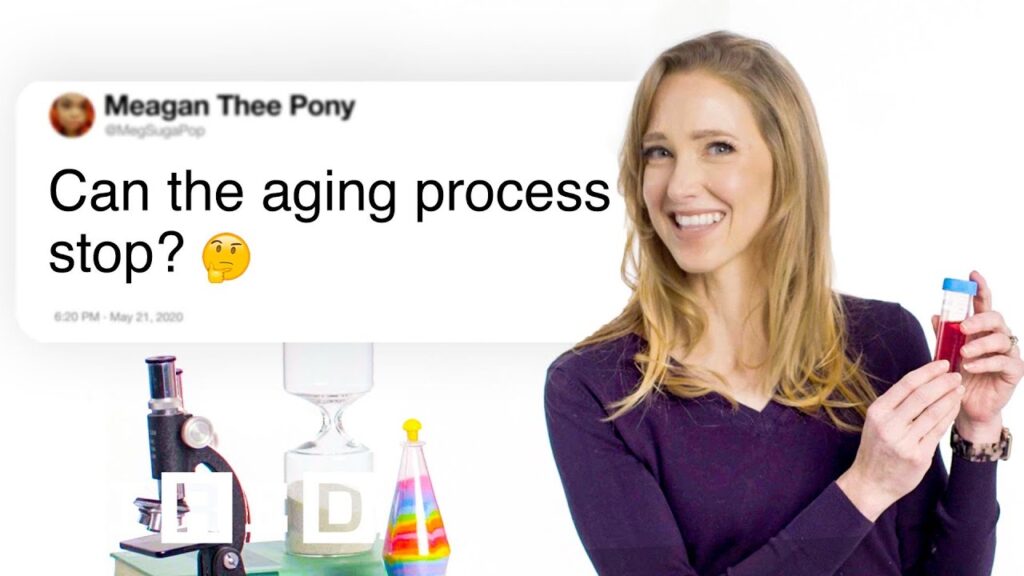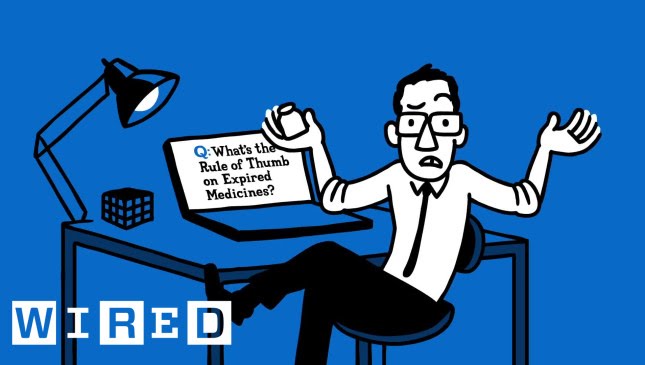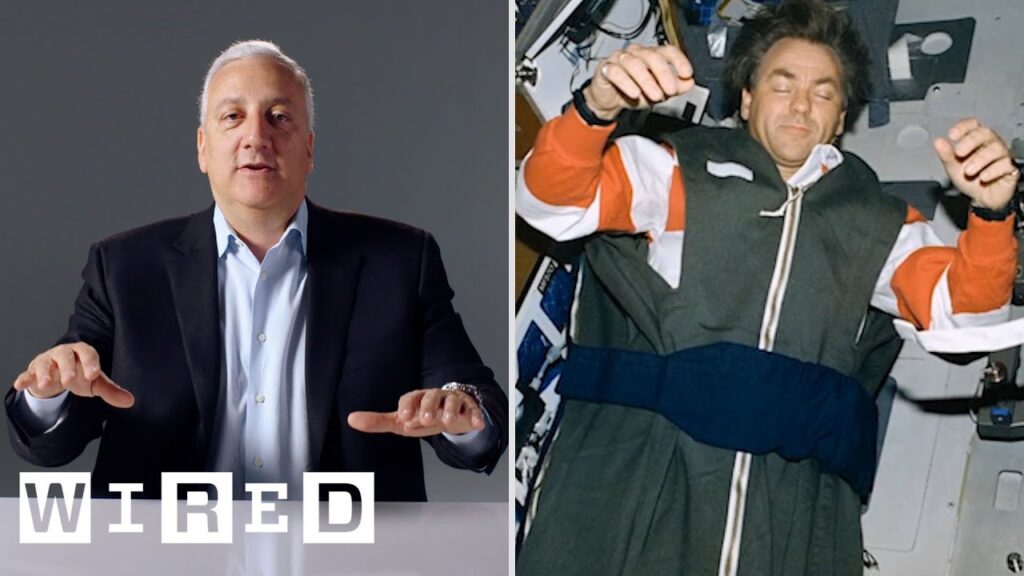Unearthing the Past to Shape the Future: A Conversation About the Role of History in the Food Industry
Summary
In this Q&A article, we talk with Megan Shaw Prelinger, co-founder of the Prelinger Library in San Francisco, to understand the importance of history in shaping the future of the food industry. The library is home to a vast collection of historical agriculture documentation, including many bad ideas that provide valuable learning experiences. According to Megan, injecting the documents and artifacts of the past into the present can help shape our future. This conversation revolves around the role of history in shaping a better future for the food industry.
Table of Contents
- The Importance of Utilizing History in Shaping the Future
- How Bad Ideas Can Help Us Learn
- Creating Historical Interventions to Affect the Future
- The Texture of Near History
- Starting from the Bottom-Up: The Role of Historical Ephemera
Introduction
The food industry is ever-evolving, and with it comes the need for constant innovation and progress. But what if we told you that the key to shaping a better future lies in our past? Here at the Prelinger Library in San Francisco, this is exactly what we aim to do. Our co-founder, Megan Shaw Prelinger, believes that studying history can help us understand how to shape the future of the food industry for the better. In this Q&A article, we speak with Megan to gain insights into how the past can shape a better future for the food industry.
Q&A
The Importance of Utilizing History in Shaping the Future
Q: Why is history important in shaping the future of the food industry?
Megan: Utilizing history is important because it helps us understand how things came to be and how they have evolved throughout the years. It’s an effective tool for opening up the future and dissolving the sense of immediacy of the present. By studying the past, we can gain important insights that can help us shape a better future for the food industry.
Q: How can we utilize history to shape the future?
Megan: To utilize history, we need to bring a sense of historical consciousness to the present. We need to inject the documents and artifacts of the past into the present to affect the future. This involves analyzing past events, learning from past mistakes, and using that knowledge to shape a better future for the food industry.
How Bad Ideas Can Help Us Learn
Q: You mentioned that the library’s greatest strength is bad ideas. How can bad ideas help us learn?
Megan: Bad ideas are valuable because they help us understand what doesn’t work. By studying bad ideas, we can identify the shortcomings and failures of past practices and technologies. This can help us avoid repeating past mistakes and develop better solutions for the future.
Q: Can you give an example of how bad ideas have helped us shape the future of the food industry?
Megan: One example is the use of DDT in agriculture. It was once considered a “wonder chemical” that could protect crops from pests, but its negative impact on the environment and human health later became clear. By learning from this bad idea, we were able to move away from harmful chemicals and develop more sustainable and eco-friendly practices in agriculture.
Creating Historical Interventions to Affect the Future
Q: You mentioned the concept of a historical intervention. Can you explain what that means and how it works?
Megan: A historical intervention involves injecting the documents and artifacts of the past into the present to affect the future. This can involve presenting historical information in a new way, analyzing past events from a new perspective, or creating new works based on historical material. By doing this, we can expand our understanding of the past and use that knowledge to shape a better future for the food industry.
Q: Can you give an example of a historical intervention that has had a positive impact on the food industry?
Megan: One example is the Slow Food movement, which began in the 1980s as a response to the fast food industry. It was a historical intervention by chefs, food writers, and activists who wanted to promote traditional, local, and sustainable food practices. Today, this movement has had a significant impact on the food industry, promoting healthier and more sustainable food practices.
The Texture of Near History
Q: Can you explain the concept of the texture of near history?
Megan: The texture of near history is determined by the detritus of yesterday and what is remembered and rejected from recent events. It’s not determined by the big ideas of 200 years ago, but rather by the small details and scraps of the recent past. By studying these details, we can gain a better understanding of recent history and use that knowledge to shape a better future for the food industry.
Q: How can studying the texture of near history help us shape the future of the food industry?
Megan: By studying the texture of near history, we can better understand recent trends and practices in the food industry. This can help us identify areas where the industry needs improvement and develop more sustainable and ethical practices. It can also help us avoid repeating past mistakes and ensure that our future practices are more in line with our values and goals.
Starting from the Bottom-Up: The Role of Historical Ephemera
Q: Can you explain the role of historical ephemera in studying history?
Megan: Historical ephemera refers to the everyday, disposable items of the past, such as advertising materials, pamphlets, and receipts. These items can provide valuable insights into the past and help us better understand the culture and practices of the time. By studying historical ephemera, we can gain a more complete understanding of past events and practices.
Q: Why is it important to start from the bottom-up when studying history?
Megan: Starting from the bottom-up means starting with the small, everyday details that make up the texture of near history. By studying these details, we can gain a better understanding of the social and cultural context of the past. This can help us develop a more comprehensive understanding of past events and practices and use that knowledge to shape a better future for the food industry.
Conclusion
This conversation with Megan Shaw Prelinger has shed light on the importance of utilizing history to shape the future of the food industry. By injecting the documents and artifacts of the past into the present, we can better understand how things came to be and how they have evolved throughout the years. The library’s vast collection of historical agriculture documentation, including bad ideas, can provide valuable learning experiences that help us avoid repeating past mistakes. By starting from the bottom-up and analyzing the texture of near history, we can gain a more comprehensive understanding of the past and use that knowledge to shape a better future for the food industry.







